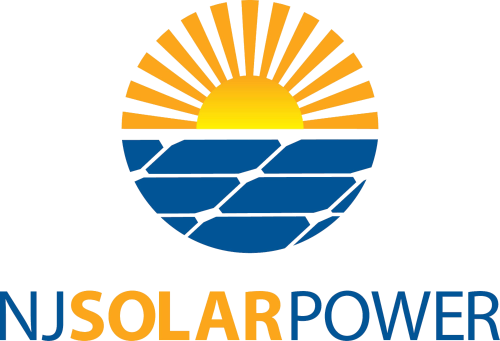When installing a rooftop solar energy system, most people focus on the solar panels, but the inverter is just as important.
Your solar inverter is what makes your solar power system usable. It’s the brains behind the entire system, converting the direct current (DC) electricity produced by your solar panels into alternating current (AC) electricity, which is what powers your home.
There are several types of solar inverters, all with their own pros and cons. In this guide, we explain everything you need to know about choosing the best solar inverter for your home.
What Does a Solar Inverter Do?
Solar panels generate direct current electricity, but your home and the electrical grid use alternating current (AC) power. That’s why you need a solar inverter. The inverter converts the DC electricity into AC electricity, making it usable for your appliances, lights, and devices.
Direct current to alternating current conversion is your solar inverter’s most important function, but modern inverters do so much more. They optimize energy production by adjusting output based on real-time conditions, monitor system performance to detect maintenance and repair needs early, and provide critical safety features, such as automatic shutdown during electrical faults or grid outages, to protect both your home and your solar investment.
What About the DC Power?
Your house can’t use DC power, but it’s still important. Your solar panels generate DC electricity and, if you have a solar battery, it stores DC power. Your inverter converts solar energy into AC as it’s generated and/or pulled from your battery.
Types of Solar Inverters
The most commonly used solar PV inverters are string inverters, microinverters, and power optimizers with string inverters.
1. String Inverters
A string inverter connects multiple solar panels in a series (or “string”), sending all of the collected DC power to a single inverter, which then bulk converts it into AC power. They’re usually the best solar power inverter for houses with simple roofs and very little shade.
String Inverter Pros
- Typically the lowest cost of any type of inverter
- Simple design with minimal components means easier troubleshooting if there’s ever a problem with the system
- String inverters are durable and reliable
String Inverter Cons
- Performance is limited by the weakest panel. If one panel is shaded, the whole string produces less power
- Troubleshooting is harder because you can’t monitor individual panel performance with a string inverter
2. Microinverters
In a microinverter system, a small inverter is attached to every individual panel instead of using one inverter for an entire string of panels. They convert DC to AC power at the panel level instead of doing a bulk conversion. Microinverters are the best option for houses with complex roofs that require many different sections of panels and roofs that are partially shaded.
Microinverter Pros
- Shading on one panel won’t affect the others because each microinverter operates independently
- Individual panel monitoring allows you to quickly detect issues
- More flexible design capabilities for complicated roof layouts
Microinverter Cons
- Generally more expensive than string inverters
- More components can complicate installation, increasing costs
String Inverters with Power Optimizers
A string inverter with a power optimizer is the best of both worlds. In this type of system, power optimizers are installed on each individual solar panel to adjust its DC output before sending the power to a centralized string inverter for bulk conversion to AC power.
String Inverter & Power Optimizer Pros
- Typically lower cost than microinverters while still improving system efficiency
- Optimizing each panel’s power output so shading on one panel doesn’t reduce the entire system’s output
String Inverter & Power Optimizer Cons
- Higher cost than a standard string inverter system
- Relies on a central inverter, so system-wide failure is possible
Which Solar Inverter Is Best for You?
There are hundreds of solar inverter suppliers out there. But choosing one for your system doesn’t have to be complicated. At NJ Solar Power, we assess your roof, shading, and power requirements so we can recommend an inverter that will provide the greatest electricity generation and electric bill savings.
There are a few key factors to keep in mind when choosing an inverter for your solar panel system:
- Roof Design – If you have a simple roof with minimal planes, a string inverter is likely the best and cheapest option. Roofs that have multiple planes and angles will benefit from microinverters.
- Shade – Roofs that are partially shaded need a microinverter or a string inverter with power optimizers. With this setup, shade on one panel will only affect that panel instead of bringing down the entire system’s output.
- Cost – Microinverters and string inverters with power optimizers tend to be more expensive than string inverters. But in some cases, the extra cost is worth it. With the right inverter setup, you will generate more power which means you will save more money on your electric bills, increasing your return on investment in solar.
- Size – Installing an undersized solar inverter will limit the amount of power you can produce, reducing your savings. An oversized inverter can also have negative impacts on your system. Plus, it will be more expensive with no added benefit.
- Voltage – Exceeding the inverter’s voltage range can damage the inverter or worse cause an electrical fire.
If you’re choosing an inverter for a DIY solar installation, you have your work cut out for you. There are hundreds of options and choosing the wrong one has serious consequences.
With NJ Solar Power, you don’t have to worry about any of this. We will assess your unique situation and recommend the best inverter for maximum savings, safety, and long-term performance.
